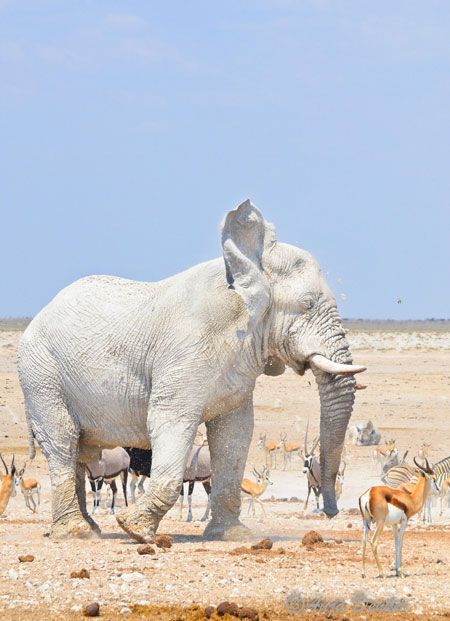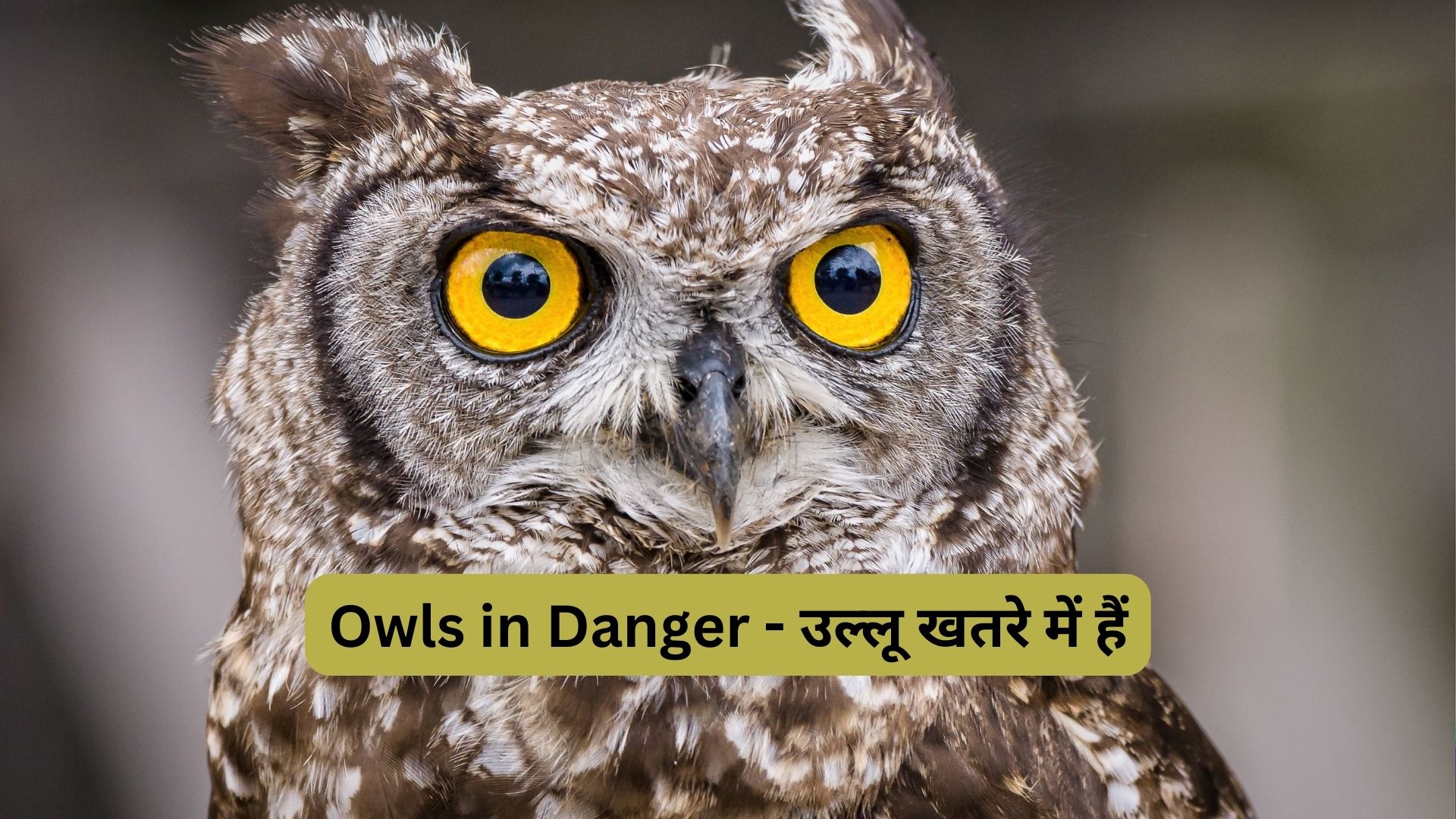Embarking on a journey to explore Thailand, often hailed as “The Land of White Elephants,” is akin to delving into a cultural odyssey enriched with history, symbolism, and a deep-rooted connection to the majestic white pachyderms. In the cultural tapestry of Thailand, the symbolism of white elephants transcends mere representation of fauna; it becomes a symbol of purity, grace, and power. This mystical connection is particularly pronounced in Thai royalty, where white elephants play a central role in ceremonies, signifying auspicious beginnings and royal prosperity.
As we delve into the historical context, the tales of white elephants unfold, leaving indelible imprints on Thai culture and becoming legendary figures in folklore. Past royal connections reveal a sacred bond between Thai monarchs and these majestic beings, shaping traditions and adding a layer of grandeur to historical narratives. Today, amidst modern challenges such as habitat loss and poaching, exploring the conservation efforts for Thai white elephants becomes imperative.
Initiatives, programs, and a growing global awareness highlight the collective endeavor to ensure the well-being and preservation of these awe-inspiring creatures. In conclusion, our exploration of Thailand as the “Land of White Elephants” reveals not only a rich cultural heritage but also a call to action to appreciate, respect, and actively contribute to the conservation of this symbolically significant species.
Table of Contents

The land of white Elephants
Thailand, often hailed as the “Land of White Elephants,” stands as a testament to the intertwining of cultural richness and historical significance. This distinctive epithet transcends the ordinary, evoking a sense of wonder and awe. In the vibrant tapestry of Thai culture, white elephants emerge as revered symbols, embodying purity, power, and grace. The royal corridors of Thailand echo with the majestic presence of these magnificent creatures, where they hold a pivotal role in ceremonies, symbolizing divine connections and ushering in auspicious beginnings for the monarchy.
As one delves into the annals of Thai history, the tales of white elephants unfold like a captivating narrative, weaving through the pages of folklore and becoming legendary figures in the collective imagination. The past royal connections between Thai monarchs and white elephants reveal a sacred bond, illustrating the creatures’ status as not only physical beings but also as symbols of grandeur and prosperity. In the face of modern challenges, including habitat loss and poaching, the conservation efforts for Thai white elephants become crucial.
The country’s commitment to preserving these majestic beings reflects a deep understanding of their cultural importance, spurring global awareness and collaborative initiatives. Thailand’s moniker as the “Land of White Elephants” thus encapsulates a unique blend of cultural reverence, historical grandeur, and a contemporary commitment to conservation, making it a destination where the past, present, and future of these remarkable creatures converge.
Significance of White Elephants in Thailand
The significance of white elephants in Thailand extends far beyond the realm of the animal kingdom, transcending into the very core of the nation’s cultural identity. Revered as symbols of purity, power, and grace, white elephants occupy a unique and revered space in Thai culture. Their importance is deeply rooted in centuries-old traditions, where these majestic creatures have been intertwined with the country’s royal ceremonies and religious practices. In Thai folklore and mythology, white elephants often emerge as divine beings, embodying prosperity and good fortune.
The rare and mystical nature of these elephants contributes to their symbolic value, making them an integral part of Thai heritage. Their presence in royal rituals is believed to herald auspicious beginnings and underline the divine connections between the monarchy and the spiritual realm. Understanding the significance of white elephants in Thailand unveils a cultural tapestry that reflects the nation’s deep respect for tradition, reverence for nature, and a profound connection between the spiritual and earthly realms.
Cultural Importance of White Elephants
The cultural importance of white elephants in Thailand transcends the realm of zoological fascination, embodying a profound spiritual and symbolic significance deeply rooted in the nation’s heritage. Revered for their rarity and unique physical attributes, white elephants hold a special place in Thai culture, symbolizing purity, wisdom, and grace.
These majestic beings are not mere animals; they are considered divine and are intricately woven into the fabric of Thai traditions. The cultural significance extends beyond their physical presence, as white elephants are believed to bring auspicious beginnings and good fortune. In royal ceremonies, the sight of a white elephant is met with reverence, signifying a direct connection between the Thai monarchy and divine forces.
Their association with royalty and spirituality has elevated these elephants to iconic status, making them living symbols of the nation’s cultural identity. Through the ages, stories, and folklore have further enshrined the cultural importance of white elephants, portraying them as mythical beings with the power to shape destinies. As Thailand embraces modernity, the preservation of this cultural legacy becomes paramount, ensuring that the symbolic resonance of white elephants continues to thrive, connecting past, present, and future generations in a tapestry of cultural richness.

FAQs – Exploring the Land of White Elephants
- Q: Why are white elephants considered sacred in some cultures?
- A: White elephants are often associated with purity and divine qualities, leading to their revered status in various cultural and religious traditions.
- Q: How are white elephants portrayed in contemporary art and literature?
- A: Contemporary artists and writers often depict white elephants as symbols of beauty, wisdom, and environmental conservation, contributing to their enduring popularity.
- Q: Are there specific countries where white elephants are more commonly found?
- A: While historically associated with Southeast Asian countries like Thailand and Burma, white elephants are not confined to a particular region and have been symbolic in various cultures.
- Q: What conservation initiatives are in place to protect white elephants?
- A: International organizations and governments collaborate on conservation initiatives, including habitat protection, anti-poaching measures, and community-based programs.
- Q: How can tourists contribute to white elephant conservation efforts?
- A: Tourists can support ethical eco-tourism initiatives focused on white elephants, contributing to conservation efforts while enjoying responsible travel experiences.
Thank you, if you liked this information of mine then do give feedback. Your feedback will motivate me further so that I can give you more information.





it’s great to see users engaging with the content. The comment highlights the importance of draught animals in agriculture, emphasizing their strength and role as workhorses. It’s a positive contribution that aligns with the theme of the website, showcasing the significance of these robust creatures in farming.